Ancient Chinese Weddings Happened at Night? Here’s Why!

Have you ever thought about getting married in a beautiful Chinese wedding dress? Nowadays, most people hold weddings at noon, often insisting on starting before 12 PM. But in ancient China, weddings typically took place in the evening, and this detail is often depicted in historically accurate costume dramas. Is there a deeper significance behind this tradition that we’re unaware of?
When faced with this question, many people are told that weddings were once called “昏礼”. Ancient weddings were held at dusk, hence the name “昏礼” (the character 昏 means “dusk”). Marriage was also referred to as “结昏”. However, this explanation feels like answering a question with another conclusion—it tells us what the tradition was, but not why weddings were held at dusk or in the evening.
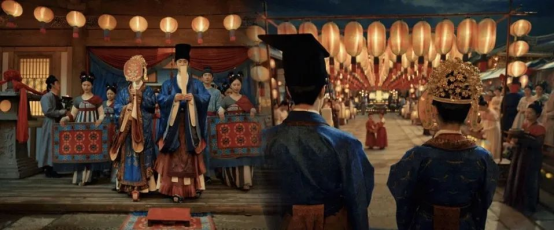
There are several theories behind the tradition of evening weddings. One is rooted in Yin-Yang and Five Elements philosophy, and the other stems from ancient marriage-raid customs. Let’s explore these in detail—
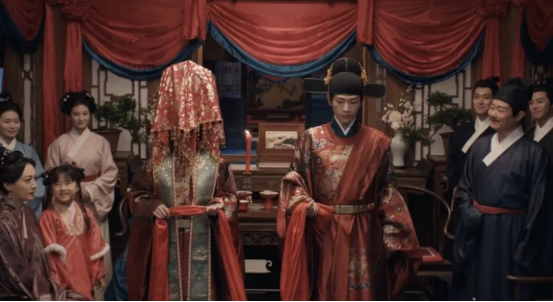
I. Yin-Yang and Five Elements Philosophy
According to this belief system:
Men are associated with Yang (masculine, active energy), while women embody Yin (feminine, passive energy).
Marriage symbolizes the union of Yang and Yin, which was thought to be most harmonious at dusk—a time when day (Yang) transitions to night (Yin).
The Book of Rites states:
“Weddings are held at dusk because women represent Yin. Hence the term ‘昏礼’.”
“Hūn time” referred to the Xu hour (戌时) in the ancient 12-hour system (7–9 PM in modern time).
The Yi Li·Shi Hun Li (《仪礼·士婚礼》) notes:
“Weddings are arranged for dusk.”
Han Dynasty scholar Zheng Xuan explained:
“Scholars marry at dusk, giving the ritual its name. Yang (the groom) goes to meet Yin (the bride) as the sun sets, a time ruled by Yin.”
Dusk also symbolized ancient hopes for marriage: the cyclical harmony of day and night, mirroring the wish for long-lasting, perfect unions.
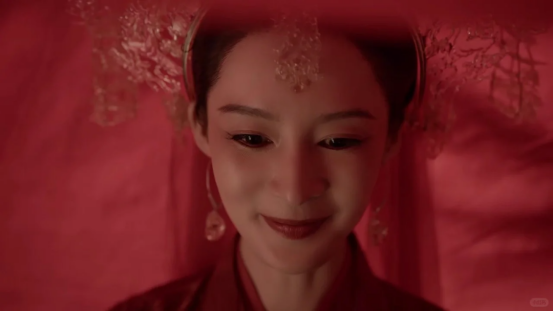
II. Marriage-Raid Customs
The tradition of evening weddings may also trace back to primitive marriage-raid customs—a practice where men kidnapped women to take as wives under the cover of dusk. Echoes of this ritual still linger in the wedding traditions of some ethnic minority groups today.
Scholars suggest that the convenience of raiding at twilight influenced the timing of later weddings. This origin is hinted at in the Shuo Wen Jie Zi, which defines the character for “marry” (娶) as “to take a wife”—literally meaning “to seize.”
Over time, the raid system was replaced by more “civilized” practices like negotiated marriages (arranged by matchmakers) and ritualized betrothals, which became the norm in later dynasties.
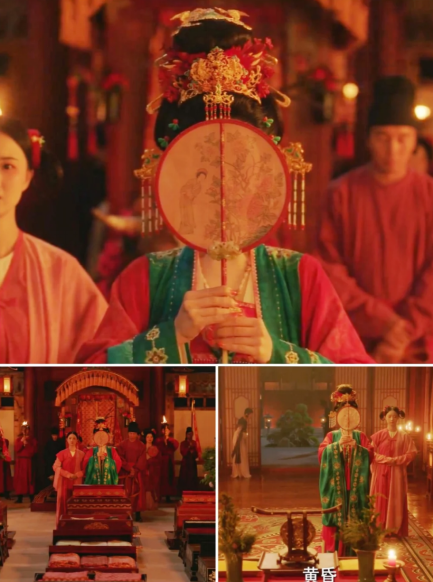
III. Evolution of Customs
The two theories above explain the tradition from philosophical and folkloric perspectives, but the formal standardization of evening weddings came from the Zhou Dynasty rituals. The Book of Rites · Meaning of Marriage explicitly designated dusk as wedding time, stating,
“Marriage rituals are the foundation of all rites”
—strictly codifying this as a key ceremonial rule followed by later dynasties.
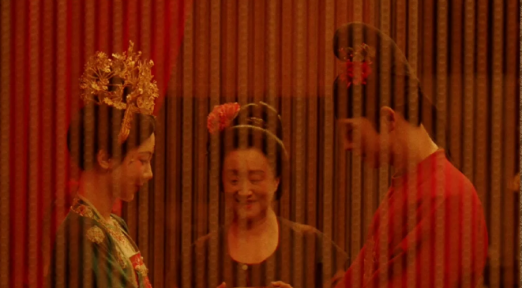
So why do modern weddings take place during the day? A major factor was the strict night curfew systems imposed in the Ming and Qing dynasties. Ming scholar Qiu Jun explained in Da Xue Yan Yi Bu (《大学衍义补》):
“This is the night curfew. By current rules, movement is banned at the third watch of the first night period (around 8 PM) and allowed again at the third watch of the fifth night period (around 4:20 AM).”
In the Ming Dynasty, curfew started at approximately 8 PM and ended at 4:20 AM.
The Qing Dynasty was even stricter, imposing curfew as early as 7 PM.
By contrast, the prosperous Tang and Song dynasties had more flexible curfews (sometimes partially lifted), and the Yuan Dynasty only banned movement after 9 PM. As curfews grew earlier over time, the traditional dusk wedding hour became increasingly impractical.

Ⅳ. Hypotheses About the Causes
So why shift to noon? Because the “午时” (Wu Shi) period—11 AM to 1 PM—was also seen as a “time of Yin-Yang intersection.” After 12 PM, Yang energy peaks and begins to decline, while Yin energy emerges. Holding weddings before 12 PM thus mirrors the ancient concept of “Yang departing to welcome Yin,” similar to dusk weddings— a pragmatic adaptation of the original philosophy. This belief still lingers in modern wedding customs.
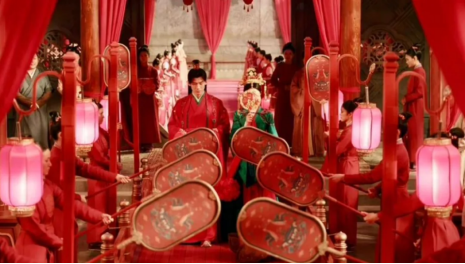
Noon weddings also offer greater flexibility for guests’ schedules. In today’s fast-paced world, hosting a wedding at noon accommodates attendees’ routines—ample time for preparations in the morning, a luncheon reception after the ceremony, and free afternoons for the couple and guests to handle other tasks (such as visiting the bride’s family or resting).
Transportation and safety are another factor. Urban night traffic is often congested and complicated, especially in winter when dusk falls early, potentially affecting guests’ punctuality or the safety of wedding logistics. Noon provides ample daylight and lighter traffic, making it ideal for large gatherings.
However, these preferences vary by region and ethnicity. For example:
1. North-South Differences
- In parts of southern China (e.g., Guangdong, Fujian), the tradition of evening banquets persists. In Cantonese, “晚” (wǎn, “evening”) sounds like “稳” (wěn, “stability”), symbolizing a lasting marriage. Additionally, evening feasts align with commercial culture, where nighttime events are seen as more grand.
- In northern China, noon banquets dominate, particularly in rural areas, reflecting the enduring belief in “noon as an auspicious hour”.
2. Generational and Ethnic Minority Differences
- Many ethnic minorities (e.g., Yi, Dai) still follow traditional wedding timings, such as dawn or dusk ceremonies.
- Younger generations, however, increasingly opt for personalized formats like outdoor lawn weddings or twilight cocktail receptions, blending traditional rituals with Western-style flexibility.
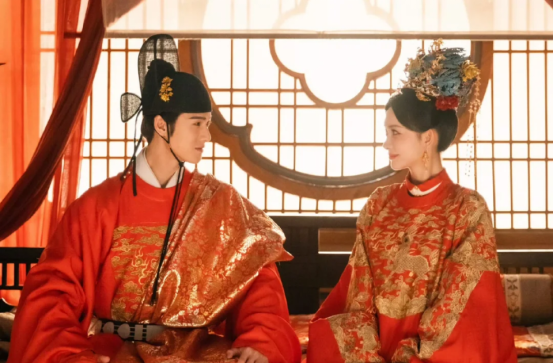
Summary
Many highly authentic wedding traditions survive today, as seen in the costume drama Flourished Peony. The series depicts Tang Dynasty marriage rituals in meticulous detail, including:
- 沃盥礼 (Handwashing Ritual): The bride and groom, dressed in traditional Chinese clothing, cleanse their hands and faces at dawn, symbolizing purity.
- 却扇礼 (Fan-Lifting Ritual): The bride hides her face behind a fan until the groom unveils her—a romantic tradition I personally adore.
- 同牢礼 (Shared Meal Ritual): Sharing a meal signifies the couple’s commitment to share joys and sorrows.
- 合卺礼 (Gourd-Cup Ritual): Sipping wine from joined cups marks the ceremony’s climax, symbolizing union.
In some Chinese cities, dusk weddings persist as a legacy of ancient traditions, preserving the Yin-Yang harmony symbolism and blessings for marital bliss. What’s the wedding timing tradition in your culture or region? Share your thoughts in the comments!
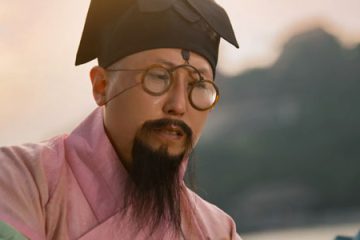
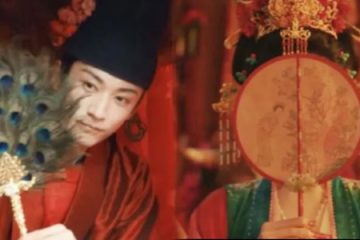
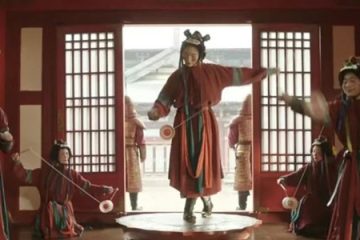
0 Comments